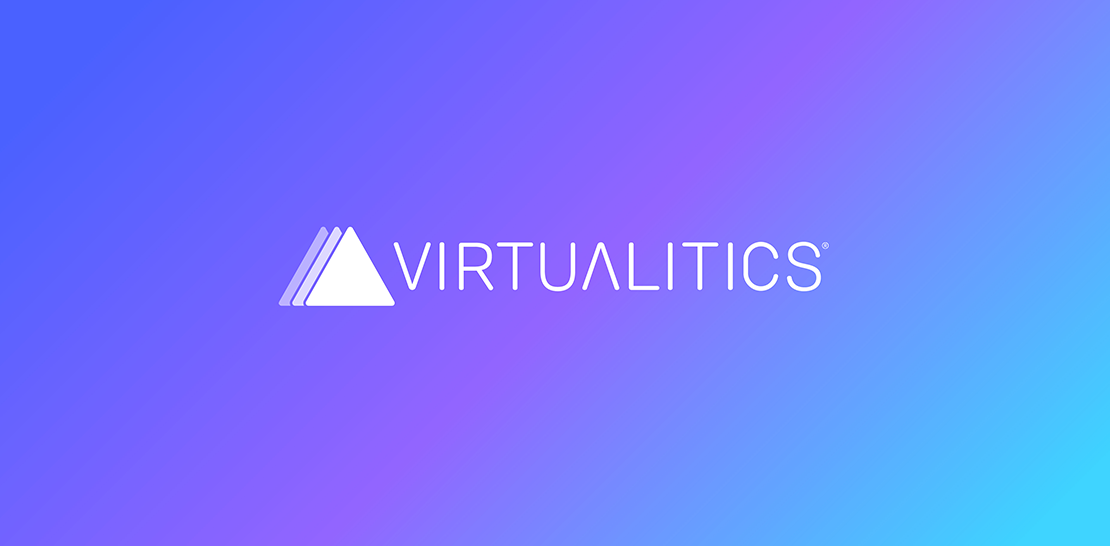
Network graphs, also known as knowledge graphs, can help determine connections between entities. They offer a way to depict things and the relationships between them.
These graphs represent a collection of interlinked entities organized into contexts via linking and semantic metadata. They build a framework for data integration and analysis.
Having the ability to do this can provide more context around metrics recorded from a network system. By leveraging these graphs, you can enhance your understanding of the data. As a result, you could gain a competitive edge.
Networks Are Everywhere
If you consider the common notion of networks, you’ll realize they are everywhere, both in the virtual and real worlds. The internet is just an extensive network of computing devices. Road systems are also networks in how they intersect with one another.
On smaller scales, businesses all have networks of data. By leveraging only standard business intelligence approaches, you only see the metrics; network or knowledge graphs open up the possibility of deeper analysis.
The Main Components
Knowledge or network graphs consist of three main components—nodes, edges, and edge weight. Let’s define each.
It’s All About Nodes
In the network or knowledge graph, nodes represent a wide array of things, from the tangible, such as people, places, and things, to the abstract, such as ideas, concepts, or topics.
Edges Illustrate Relationships
If nodes have a relationship, then this appears as an edge. The edge can define the specific relationship, depending on your data set. For example, you could have a group of nodes that represent people; the edges between could be their relation to one another.
Edge Weights Signify the Strength of the Relationship
Each edge will be different among your nodes. The strength of that relationship between nodes is the edge weight.
How Do You Define These Weights?
There are four types of weights possible in defining relationships:
-
Undirected and unweighted: Signifies there is a connection, but it has no direction or weight
-
Undirected and weighted: Demonstrates a connection, and the weight is the “number” of connections
-
Directed and unweighted: Indicates there is no weight to the connection; it’s just connected or not
-
Directed and weighted: Denotes that there is a strong connection, and it has a definable weight
How Do Knowledge or Network Graphs Work?
These graphs usually include datasets from many sources. Those can, of course, vary in structure. To drive consistency in form, the use of schemas provides a framework. Identities then classify the nodes. The third part is context, which determines the setting in which that information exists, which is useful when data points have multiple meanings (e.g., Apple versus apple).
Most knowledge or network graphs leverage machine learning (ML) and natural language processing (NLP) to comprehensively view nodes, edges, and edge weights via semantic enrichment. This is a process that, when data is ingested, allows the graphs to identify individual objects and their relationship to one another. Next, there is usually comparison and integration with other datasets that are relevant or similar.
Why Use Network Graphs?
In theory, networks can be very basic and simple with nodes and edges. However, the more nodes added to the network, the more complicated the graph will be. As a result, scaling of large networks can be challenging for interpretation or analysis.
Some use cases for network graphs include:
-
Retail: Knowledge graphs can drive intelligence around upselling and cross-selling strategies, product recommendations based on past buyer behavior, and purchase trends specific to demographics.
-
Finance: Banks often use these for anti-money laundering initiatives. They can serve as a preventative measure against crime and prompt investigations. They can watch the flow of money across customers to identify noncompliance.
-
Healthcare: Medical researchers use knowledge or network graphs to organize and categorize relationships. It can support diagnosis validation and determine the best treatment plans on an individual basis.
In these situations, obtaining insight can be challenging, which is where network visualization and software come into the picture.
The Power of Network Visualization
By loading networks into software, you can visually view the data without the need for user input. You can then receive automated and interactive insights in one click.
If you want to analyze the data set further, you can leverage AI tools in network analytics. Drill down into the data and highlight what matters via filter, search, or interactive legends. This functionality is possible through the Virtualistics Immersive Platform (VIP), a patented data-driven data analytics and 3D visualization platform that’s easy for anyone to use.

.png)